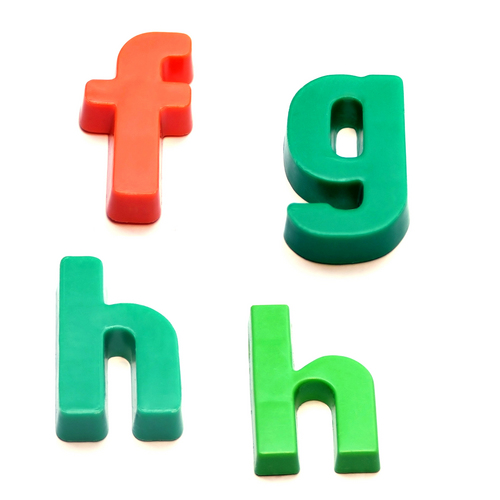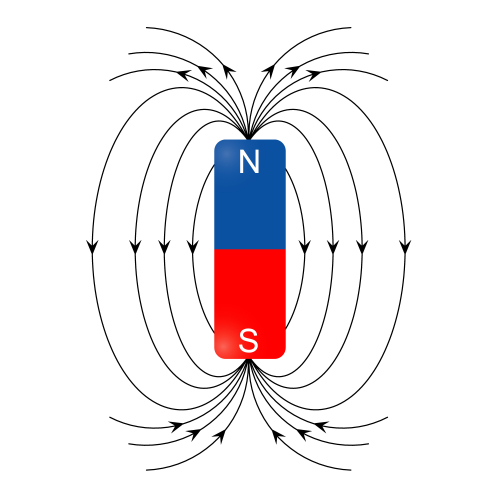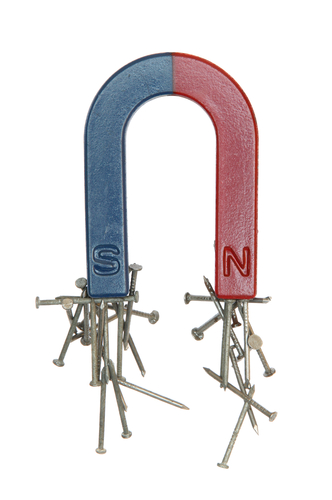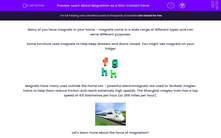Many of you have magnets in your home - magnets come in a wide range of different types and can serve different purposes.
Some furniture uses magnets to help keep drawers and doors closed. You might see magnets on your fridge!

Magnets have many uses outside the home too - powerful electromagnets are used to 'levitate' maglev trains to help them reduce friction and reach extremely high speeds. The Shanghai maglev train has a top speed of 431 kilometres per hour (or 268 miles per hour).

Let's learn more about the force of magnetism!
A magnetic force, or magnetism, is a non-contact force. A non-contact force is a type of force that happens when two objects interact, but the objects don't have to be touching each other.
Magnets have a north-seeking pole (or north pole) and a south-seeking pole (or south pole).

If you move two magnets together, like poles always repel each other (north poles repel north poles, and south poles repel south poles).
Opposite poles always attract each other (north poles attract south poles).
Magnetic materials are always attracted to magnets. Magnetic materials include iron, steel, nickel and cobalt. It's important to remember that not all metals are attracted to magnets. A piece of copper, or an aluminium can, would not be attracted to a magnet.

Magnets have a magnetic field. This magnetic field is an area around a magnet, where a magnetic material can feel a non-contact force. Looking at the image of a magnet above, there are lines added to show what the magnetic field looks like.
What this means is that if a magnetic material, like iron, was in that magnetic field area, it would feel a non-contact force and be attracted to the magnet. You can see an example of this in the image below, where iron nails are attracted to the magnet.

The magnetic field is strongest at the poles of the magnet. This also means that the closer the magnetic material is to the poles of the magnet, the stronger the force.
Other types of non-contact forces have fields too - for example, gravitational fields, and electrostatic fields.

Now that we know more about magnetism as a non-contact force, let's check our understanding with some questions!








